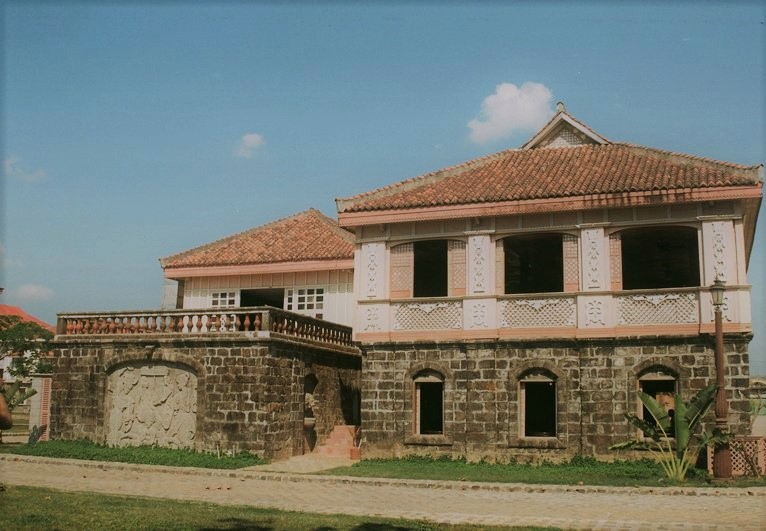

The most obvious difference between the two houses would be the materials that was used to build them. The Bahay na bato, the colonial Filipino house, followed the nipa hut’s arrangements such as open ventilation and elevated apartments. In this area, the nipa hut or bahay kubo gave way to the Bahay na bato (stone house) and became the typical house of noble Filipinos. The most lasting legacy of Spain in terms of architecture was its colonial parish churches designed by innumerable Spanish friars. The influence of European architecture and its style actually came via the Antilles through the Manila Galleon. Spanish colonization introduced European architecture into the country. Aside from nipple huts, other small houses were built on top of trees to prevent animal as well as enemy attacks.Īrchitecture during the Spanish Colonial era Though the styles of the nipa hut varied throughout the country, most all of them shared similar characteristics including having it raised slightly above ground on stilts and a steep roof. Prior to the arrival of the Spaniards, the main form of dwelling for a family in the Philippines was the nipa hut, a single room house composed of wood, bamboo or other native materials. Early in the 21st Century a revival of the respect for the traditional Filipino elements in the architecture returned. During this period many of the older structures fell into decay. In the period after the Second World War many of the destroyed buildings were rebuilt.Īt the end of the 20th century modern architecture with straight lines and functional aspects was introduced. During the liberation of Manila by the Americans in 1945, large portions of Intramuros and Manila were destroyed. In this period the plan for the modern city of Manila was designed, with a large number of neoclassical architecture and art deco buildings by famous American and Filipino architects. These were large houses built of stone and wood combining Filipino, Spanish and Chinese style elements.Īfter the Spanish-American war, the architecture of the Philippines was dominated by the American style.

The Augustinian friars built a large number of grand churches all over the Philippine Islands.ĭuring this period the traditional Filipino “Bahay na bato” style for the large houses emerged. During this period,Intramuros, the walled city of Manila, was built with its walls, houses, churches and fortress. There are also other minor pre-colonial walled cities like Betis and Macabebe.ĭuring three hundred years of Spanish colonialization, the Philippine architecture was dominated by the Spanish influences. An example of this is the pre-colonial walled city of Manila although later after the Spanish colonization, dismantled by the Spaniards and rebuilt as Intramuros. The pre-colonial architecture of the Philippines consisted of the Nipa hut made from natural materials but there are some traces of large-scale construction before the Spanish colonizers came but not well documented. The most prominent historic constructions in the archipelago are from the Spanish, Japanese, Malay, Hindu, Chinese, and American cultures. The architecture of the Philippines is a reflection of the history and heritage of the country.


 0 kommentar(er)
0 kommentar(er)
